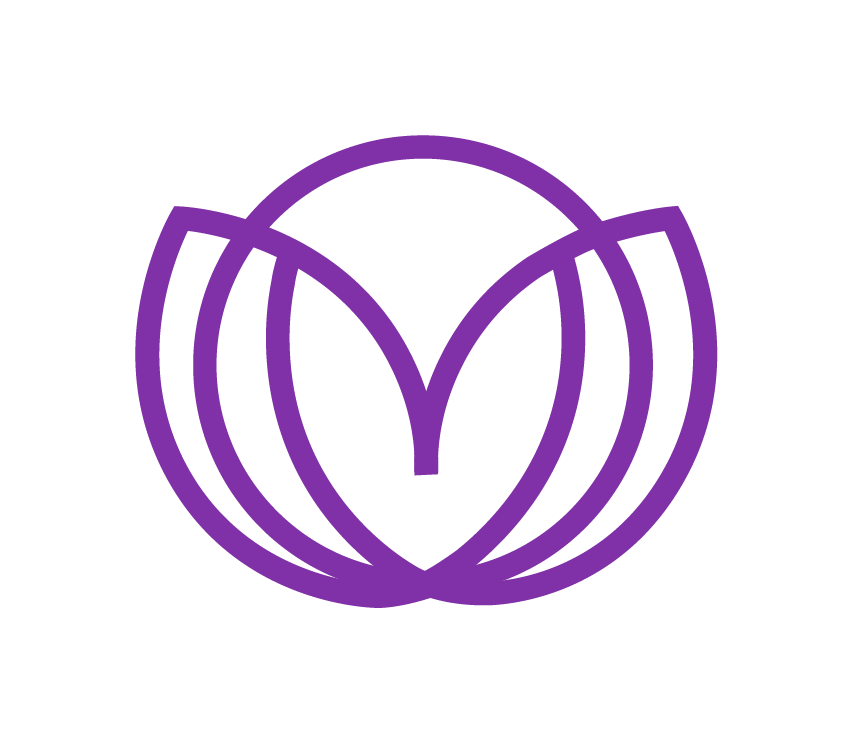Let's talk about something that's really close to our hearts – helping our precious little ones when they're feeling under the weather. One of the toughest things to see is when our babies or toddlers are struggling with nasal congestion. It's like they can't quite tell us what's wrong, but we can see it written all over their sweet faces.
You know how it is, right? The sniffles, the stuffy noses, the restless nights – it's tough on them, and it's tough on us too. In this article, I want to share with you some easy tips and tricks for helping your little one find relief from nasal congestion. Because when it comes to our little ones, nothing is more important than making sure they're feeling happy, healthy, and oh-so-comfortable.

Understanding Nasal Congestion in Babies and Toddlers
Nasal congestion, often referred to as a "stuffy nose" or "blocked nose," is a common discomfort experienced by babies and toddlers. It occurs when the nasal passages become inflamed or irritated, leading to a buildup of mucus and making breathing difficult.
In infants, nasal congestion can be particularly challenging due to their narrow nasal passages and inability to blow their noses. Common causes of nasal congestion in babies and toddlers include:
- Colds and Viral Infections: Young children are especially susceptible to cold viruses, which can cause inflammation of the nasal passages and excess mucus production.
- Allergies: Allergic reactions to environmental triggers such as pollen, dust, pet dander, or certain foods can also lead to nasal congestion in babies and toddlers.
- Dry Air: Dry indoor air, especially during the winter months when heaters are in use, can dry out the nasal passages and exacerbate congestion.
- Teething: The process of teething can cause increased saliva production, leading to nasal congestion as excess saliva drains into the nasal passages.
Nasal congestion can cause significant discomfort for babies and toddlers, impacting their ability to breathe, sleep, and feed comfortably. It may also lead to fussiness, irritability, and difficulty with nursing or bottle-feeding.
As parents, it's important to recognize the signs of nasal congestion in our little ones and take steps to provide relief. In the following sections, we'll explore gentle and effective strategies for managing nasal congestion in babies and toddlers, including the use of natural remedies.

Tips to get rid of nasal congestion in toddlers fast
When it comes to easing nasal congestion in babies and toddlers, there are several gentle and effective strategies that parents can employ. Let's explore some practical tips for providing relief to our little ones:
-
Create a Humid Environment
- Use a humidifier in your child's bedroom to add moisture to the air, which can help soothe irritated nasal passages and ease congestion.
- Ensure the humidifier is cleaned regularly to prevent the buildup of mold or bacteria.
-
Keep the Air Clean
- Avoid exposure to smoke, strong odors, and other irritants that can exacerbate nasal congestion.
- Consider using an air purifier to filter out allergens and pollutants from the air.
-
Use Saline Drops or Spray
- Saline nasal drops or spray can help loosen mucus and clear nasal passages in babies and toddlers.
- Administer saline drops before feeding or bedtime to help your child breathe more comfortably.
-
Try Nasal Aspirators
- Nasal aspirators, also known as bulb syringes or nasal suction devices, can be used to gently remove excess mucus from your child's nose.
- Use saline drops before using a nasal aspirator to help loosen mucus and make suctioning easier.
-
Elevate Your Child's Head
- Elevating your child's head while sleeping can help promote better airflow and reduce nasal congestion.
- You can place a folded towel under the head of the crib mattress or use a specialized infant pillow designed for this purpose.
-
Encourage Hydration
- Ensure your child stays well-hydrated by offering plenty of fluids throughout the day.
- Breast milk or formula can provide additional hydration and help thin out mucus.
- Simply spray Go Away Cold into your child's pillow to help clear congestion and provide soothing relief.
- As a natural solution, Go Away Cold offers peace of mind for parents concerned about using harsh chemicals on their little ones.
-
Steam inhalation techniques
- Another option is to utilize essential oils or steam inhalation techniques, both of which can help soothe irritated membranes and reduce congestion.
Ultimately, there are many different approaches you can take in order to help ease your little one's nasal congestion and offer relief during this challenging time.
One of the biggest challenges for new parents is figuring out when to visit the doctor about a toddler's nasal congestion. There are several factors that you should take into account when deciding whether your child needs professional medical attention, including severity of symptoms, underlying causes, and age. For instance, if your child is extremely uncomfortable or has difficulty breathing due to his or her congestion, it is always a good idea to see a doctor right away.
On the other hand, if the symptoms are mild or have appeared suddenly without any other indications of illness, it may be best to monitor your child's condition at home and contact your doctor only if there are no signs of improvement after a few days.
The bottomline is that you know your child best and can determine what course of action is most appropriate based on individual circumstances. So if you're dealing with a stuffy nose in your toddler, trust your instincts - and don't be afraid to reach out for help if you need it!






